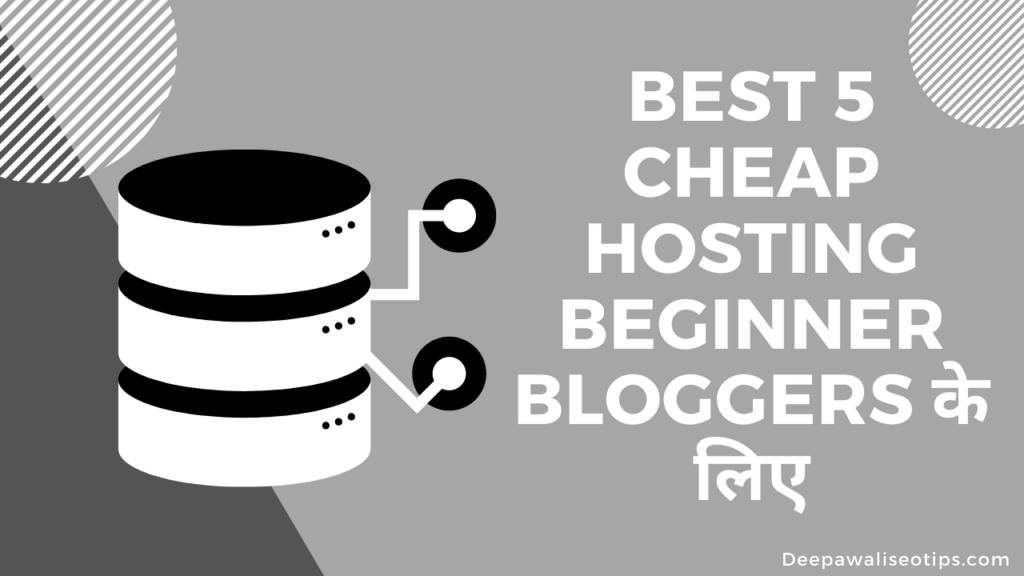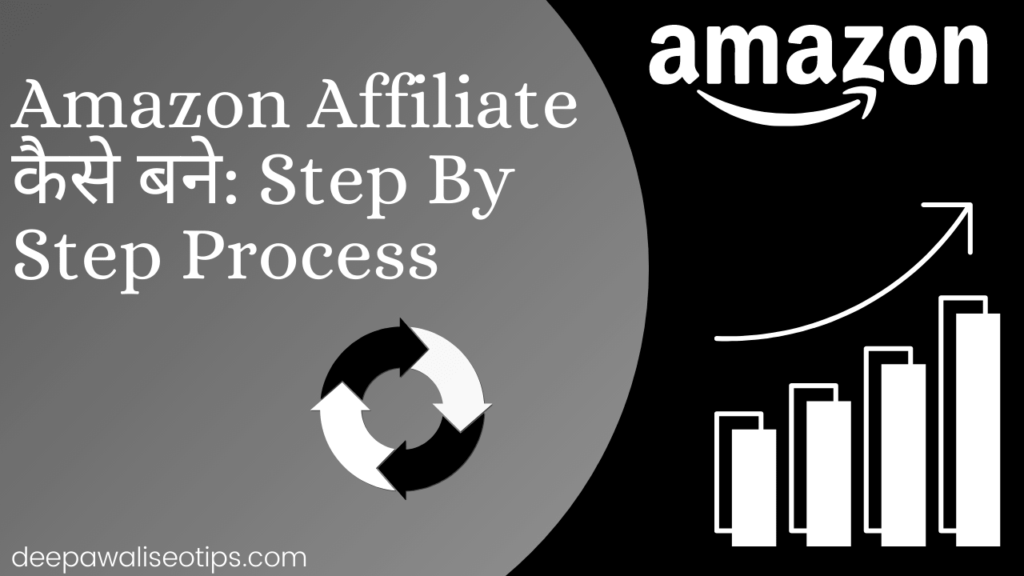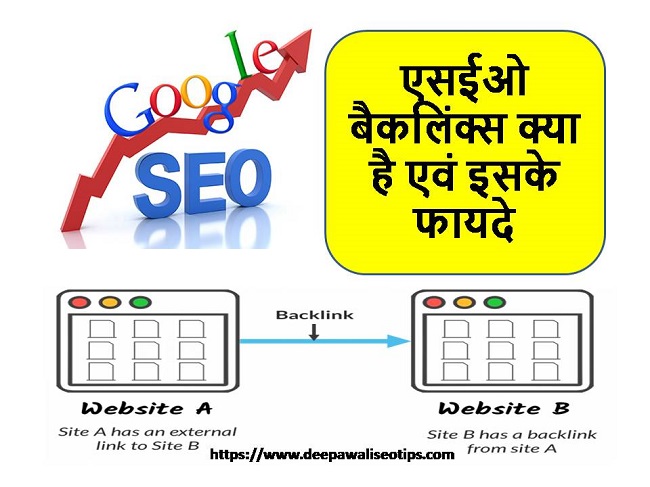Did you know that email marketing has an average return on investment (ROI) of 3800%? That’s a staggering number, and it just goes to show how powerful email can be as a marketing tool. But with so many email marketing platforms out there, how do you choose the best one for your business?
In this article, I will compare the top three email marketing platforms – ConvertKit, Mailchimp, and AWeber – to help you make an informed decision. We’ll delve into their features, pricing plans, user experiences, and more. So, let’s dive in and find out which platform is the right fit for your email marketing needs!
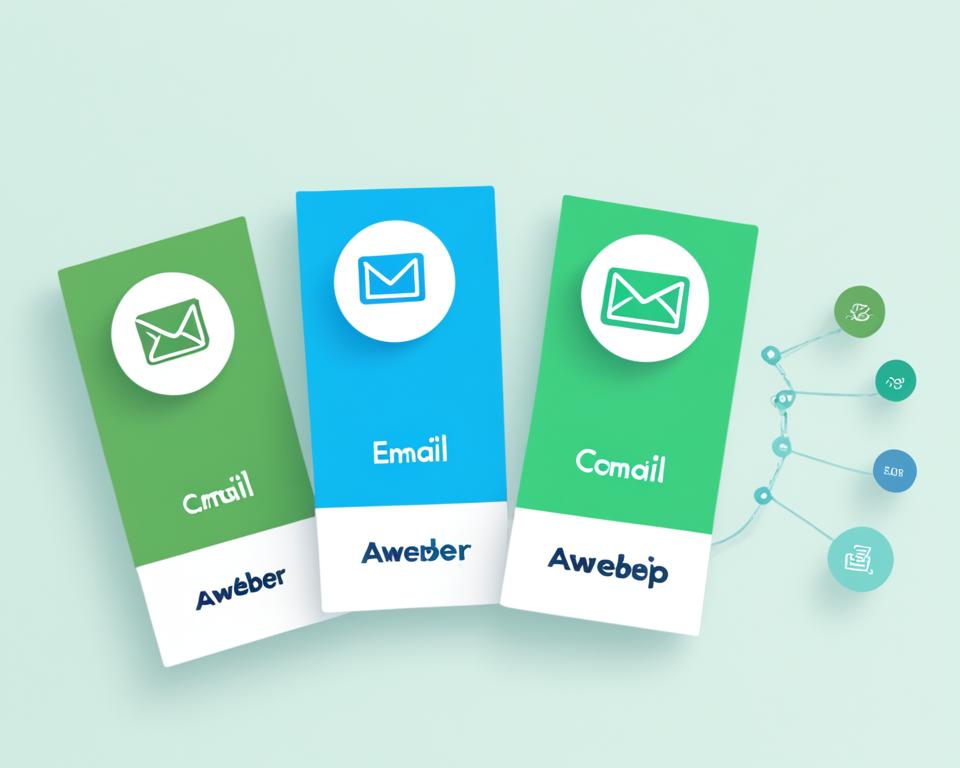
Why It’s Important to Choose the Right Email Marketing Platform
Choosing the right email marketing platform is crucial for the success of your email marketing campaigns. As a marketer, I understand the significance of selecting a platform that meets your specific needs and goals. It’s not just about finding any email marketing tool – it’s about finding the right one that aligns with your business objectives.
An effective email marketing platform should provide a variety of features and functionalities to help you streamline your campaigns and achieve optimal results. Let’s take a closer look at why choosing the right email marketing platform matters:
- Managing your subscriber list: A reliable email marketing platform allows you to efficiently manage your subscriber list, ensuring accurate contact information and easy segmentation.
- Designing captivating emails: With the right platform, you can create visually appealing and engaging emails that leave a lasting impression on your subscribers.
- Automating email sequences: Automation is a game-changer in email marketing. The ideal platform should offer powerful automation capabilities, helping you send targeted and timely emails based on subscriber actions.
Additionally, it’s important to consider your budget when selecting an email marketing platform. Finding a tool that offers the features you need at a price point that fits your budget is essential for long-term success.
Lastly, reliable customer support is crucial in case you encounter any issues or need guidance along the way. The right email marketing platform should provide prompt and helpful support to ensure a smooth experience.
Choosing the right email marketing platform can make the difference between a successful campaign and one that falls flat. Take the time to evaluate your options and select the platform that best aligns with your needs and goals.
My Experience with Mailchimp
When it comes to email marketing platforms, Mailchimp is a name that often comes up in conversations. As someone who has used Mailchimp extensively, I want to share my personal experience with the platform. While Mailchimp does offer some valuable features, there are a few limitations that have given me cause for concern.
Customer Support Challenges
One of the major drawbacks I’ve encountered with Mailchimp is its customer support. In my experience, getting timely assistance from their support team has been a struggle. The lack of phone support means that resolving urgent issues can be a lengthy process. This has been frustrating, especially when time-sensitive campaigns are on the line.
Potential for Account Bans
Another issue I’ve faced with Mailchimp is the potential for unexpected account bans. While it is important to adhere to their terms of service, sometimes accounts can be banned without clear explanations. This can be detrimental to businesses relying heavily on email marketing, as it disrupts the flow of communication with subscribers and potential customers.
Despite these challenges, it is worth mentioning that Mailchimp does offer a free plan for up to 2,000 subscribers. This can be a good starting point for businesses on a tight budget. However, it is important to consider the potential limitations and obstacles that may arise as your email marketing efforts grow.
Overall, my experience with Mailchimp has been mixed. While the platform does have its merits, the limitations in terms of customer support and account bans have left me searching for more reliable alternatives. In the next sections, I will share my experiences with two other popular email marketing platforms: ConvertKit and AWeber.
| Platform | Customer Support | Account Stability | Free Plan |
|---|---|---|---|
| Mailchimp | Limited support options, lack of phone support | Potential for unexpected account bans | Free plan available for up to 2,000 subscribers |
| ConvertKit | Dedicated support team, prompt assistance | Reliable account stability | No free plan, but affordable pricing tiers |
| AWeber | Accessible support, helpful customer service | Stable accounts with good deliverability | No free plan, but affordable pricing options |
My Experience with AWeber
When it comes to email marketing platforms, I had the opportunity to work with AWeber, and I must say that it offers some impressive features and functionalities. One of the standout aspects of AWeber is its solid email deliverability, ensuring that your messages reach the intended recipients.
But it’s not just about deliverability; AWeber also excels in subscriber management tools. The platform allows you to easily organize and segment your subscribers, helping you tailor your email campaigns based on their preferences and behaviors. This level of personalization can significantly enhance your email marketing strategy and drive better engagement with your audience.
Another notable aspect of AWeber is its customer support. I found their support team to be accessible and helpful, always ready to assist and address any issues or concerns. Having reliable support is essential when dealing with email marketing campaigns, as timely assistance can save you valuable time and help you navigate any challenges that may arise.
However, it’s important to highlight a couple of downsides I experienced while using AWeber. Firstly, I found the tagging features to be a bit less intuitive compared to other platforms. While you can still effectively segment your subscribers using tags, it may take some time to fully grasp and utilize this feature effectively.
Additionally, AWeber has a practice of double charging for identical subscribers across multiple lists. This can inflate your subscriber count and potentially result in higher costs for managing your email campaigns. It’s worth keeping an eye on this and ensuring that you have a clear understanding of your subscriber count across different lists to avoid any unexpected billing surprises.
Overall, AWeber is a recommended choice for businesses looking for a robust email marketing platform with good deliverability and reliable support. While it does have its minor shortcomings, its email management capabilities and customer service make it a worthy contender in the email marketing arena.
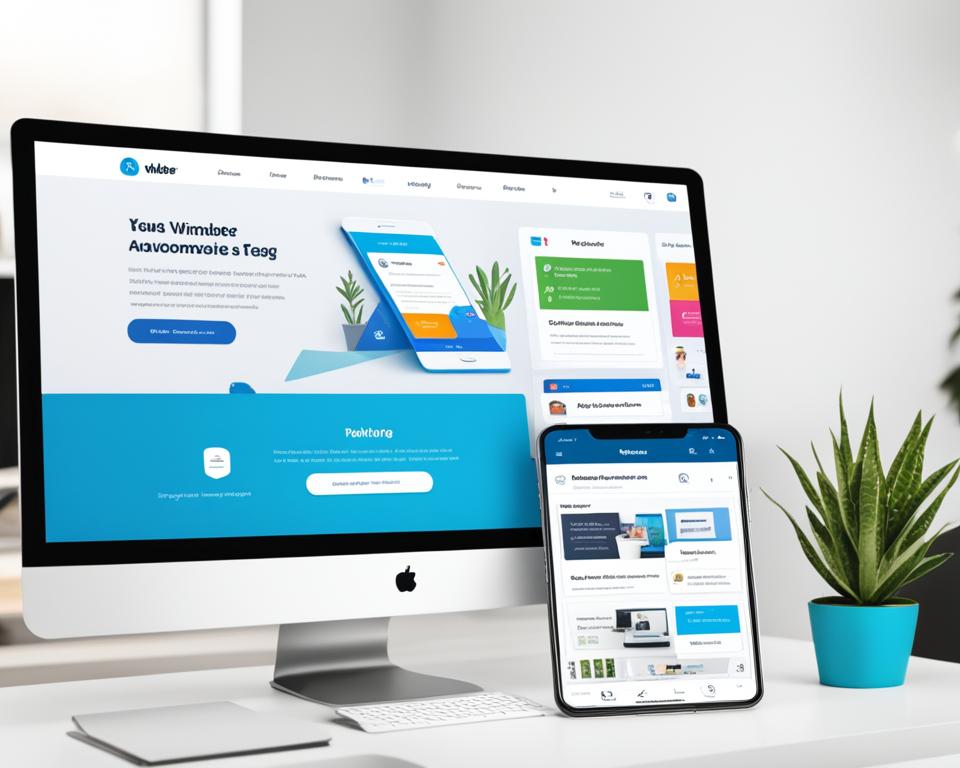
Stay tuned for the upcoming sections where I’ll be sharing my experiences with ConvertKit and Mailchimp, providing a comprehensive comparison to help you make an informed decision for your email marketing needs.
My Experience with ConvertKit
When it comes to email marketing platforms, ConvertKit has been my go-to choice. With its intuitive interface and powerful features, it has significantly enhanced my email marketing efforts.
One of the standout features of ConvertKit is its click-to-tag functionality. This allows me to easily segment my subscriber list based on their interests and actions, ensuring that I send them relevant content. By customizing the emails based on these tags, I have seen higher engagement and conversion rates.
ConvertKit’s automation capabilities are another reason why I prefer this platform over others. It allows me to create sophisticated email sequences that are triggered by specific subscriber actions. This automation has saved me time and provided a personalized experience for my subscribers.
Powerful Features for Bloggers and Content Creators
As a blogger and content creator, I rely on ConvertKit to deliver targeted and personalized email campaigns. The platform provides easy integration with my website and other tools, making it seamless to capture new subscribers and grow my email list.
ConvertKit’s built-in landing page features have also been invaluable in creating visually appealing and high-converting landing pages. With customizable templates and a user-friendly editor, I can quickly create landing pages that capture the attention of my audience.
However, it’s worth mentioning that as my email marketing needs have evolved, ConvertKit may not be suitable for power users with more complex automation requirements. In such cases, a more robust platform like AWeber or Mailchimp may be a better fit.
Overall, ConvertKit has been an excellent email marketing service for me. Its user-friendly interface, click-to-tag functionality, and automation capabilities have helped me deliver personalized and engaging email campaigns. If you’re a blogger or content creator looking for an email marketing platform that prioritizes customization and automation, I highly recommend giving ConvertKit a try.
| ConvertKit | AWeber | Mailchimp |
|---|---|---|
| User-Friendly Interface | Robust Email Deliverability | Free Plan for up to 2,000 Subscribers |
| Click-to-Tag Functionality | Tag-Based Subscriber Segmentation | Design and Send Captivating Emails |
| Email Automation Based on Subscriber Actions | Intuitive Subscriber Management | Limited Customer Support |
Pricing Comparison Chart: ConvertKit vs AWeber vs Mailchimp
When choosing an email marketing platform, pricing is a key factor to consider. To help you make an informed decision, I have created a pricing comparison chart for three popular platforms: ConvertKit, AWeber, and Mailchimp. Take a look at the table below to compare their pricing plans based on the number of subscribers:
| Email Marketing Platform | Up to 1,000 Subscribers | 1,000 – 2,500 Subscribers | 2,500 – 5,000 Subscribers | 5,000 – 10,000 Subscribers |
|---|---|---|---|---|
| ConvertKit | $29/month | $49/month | $79/month | $119/month |
| AWeber | $19/month | $29/month | $49/month | $69/month |
| Mailchimp | $0/month | $30/month | $50/month | $75/month |
It is important to note that as your subscriber count grows, the pricing tiers may change. Additionally, each platform offers different features and benefits, so consider your specific needs when making your decision.
For a visual representation, refer to the chart below:
As always, it’s essential to thoroughly evaluate the features, pricing, and support offered by each platform to find the best fit for your business. I hope this pricing comparison chart helps you in your decision-making process!
How to Choose the Right Email Marketing Tool
When it comes to email marketing, choosing the right tool is paramount to the success of your campaigns. With so many options available, it can be overwhelming to make a decision. However, by evaluating a few key factors, you can select the perfect email marketing tool for your specific needs.
Consider Your Budget
First and foremost, determine your budget for email marketing. Different platforms offer varying pricing plans, so it’s important to choose one that aligns with your financial capabilities. Consider whether you’re looking for a free plan or if you’re willing to invest in more advanced features with a paid plan.
Evaluate the Size of Your Subscriber List
The size of your subscriber list is another crucial aspect to consider. Some email marketing tools have limitations on the number of subscribers allowed in their plans. Assess the size of your list and ensure that the tool you choose can accommodate your current and future growth.
Examine Features and Capabilities
Next, carefully examine the features and capabilities offered by each email marketing platform. Consider the specific functionalities you require for your campaigns, such as automation, A/B testing, and segmentation. Look for tools that offer the features that align with your email marketing goals.
Evaluate Customer Support
Customer support is essential when it comes to email marketing tools. You want to ensure that you have access to timely and helpful assistance whenever you need it. Look for platforms that provide reliable customer support, whether through live chat, email, or phone.
Research User Reviews and Testimonials
Before making a final decision, take the time to research user reviews and testimonials for each email marketing tool you’re considering. Hearing from actual users can provide valuable insights into the strengths and weaknesses of each platform. Pay attention to feedback related to ease of use, deliverability rates, and overall user experience.
By evaluating your budget, considering the size of your subscriber list, examining features and capabilities, evaluating customer support, and researching user reviews, you can confidently choose the right email marketing tool for your business. Remember, the tool you select will play a vital role in the success of your email campaigns, so choose wisely.
| Email Marketing Tool | Price | Subscriber Limit | Key Features | Customer Support |
|---|---|---|---|---|
| ConvertKit | $29/month | 1,000 subscribers | Automation, tagging, customizable forms | 24/7 live chat, email |
| Mailchimp | Free – $299/month | Up to 2,000 subscribers (free plan) | Email templates, automation builder, segmentation | Email, knowledge base |
| AWeber | $16.15/month | Up to 500 subscribers | Drag-and-drop editor, automation, email templates | Email, live chat, phone |
ConvertKit Analysis, Feature Breakdown, and Comparison
In this section, I will provide a comprehensive analysis of ConvertKit’s features and capabilities, comparing them to those of Mailchimp and AWeber. ConvertKit is known for its user-friendly interface, making it easy for both beginners and experienced marketers to navigate the platform.
Key Features of ConvertKit
- Email Sequences: ConvertKit allows you to easily create and automate email sequences based on specific subscriber actions. This feature is especially valuable for bloggers and content creators who want to deliver personalized and relevant content to their audience.
- Tag-based Segmentation: With ConvertKit, you can segment your subscriber list using tags. This flexible tagging system enables you to target specific segments of your audience with tailored emails and promotions.
- Landing Pages: ConvertKit provides customizable landing page templates to help you create visually appealing pages that convert visitors into subscribers. This feature eliminates the need for third-party landing page tools, saving you time and effort.
Comparison with Mailchimp and AWeber
When compared to Mailchimp, ConvertKit offers a more intuitive user interface and simplified email automation capabilities. While Mailchimp’s free plan may be attractive for beginners, ConvertKit’s ease of use and tag-based segmentation make it a strong competitor.
Similarly, when comparing ConvertKit with AWeber, ConvertKit stands out with its advanced automation features and user-friendly interface. AWeber, on the other hand, excels in email deliverability and customer support.
| ConvertKit | Mailchimp | AWeber | |
|---|---|---|---|
| Automation Features | ✅ | ✅ | ✅ |
| Tag-based Segmentation | ✅ | ❌ | ❌ |
| Landing Page Templates | ✅ | ✅ | ❌ |
| Email Deliverability | 🌟🌟🌟 | 🌟🌟🌟 | 🌟🌟🌟🌟 |
| Customer Support | 🌟🌟🌟 | 🌟🌟 | 🌟🌟🌟🌟 |
| Pricing | Based on Subscribers | Based on Subscribers | Based on Subscribers |
Overall, ConvertKit’s ease of use, tag-based segmentation, and powerful automation features make it an excellent choice for bloggers, content creators, and small businesses. However, businesses with a larger subscriber base may find AWeber’s superior email deliverability and customer support more appealing.
AWeber Analysis, Feature Breakdown, and Comparison
When it comes to finding the right email marketing platform for your business, AWeber is a name worth considering. With its range of features and functionalities, AWeber offers a comprehensive solution for managing your email campaigns. In this section, we will dive into an analysis of AWeber’s key features, showcase its strengths, and compare it with ConvertKit and Mailchimp to provide you with a complete picture of what the platform has to offer.
Email Deliverability
One of the standout features of AWeber is its excellent email deliverability. With a strong track record of getting emails into subscribers’ inboxes, AWeber ensures that your messages reach their intended recipients. This high deliverability rate contributes to a more effective email marketing strategy and ultimately helps drive better results for your business.
Subscriber Management Tools
AWeber provides robust subscriber management tools that make it easy to organize and segment your mailing list. With features like tagging and segmentation, you can create targeted campaigns and personalize your messages based on specific subscriber behaviors and characteristics. This level of customization allows you to tailor your email content to resonate with your audience and maximize engagement.
Automation Capabilities
AWeber offers powerful automation capabilities that allow you to streamline your email marketing workflows. From automated email sequences to autoresponders, you can set up predefined actions and triggers to send targeted messages at the right time. This automation not only saves you time but also helps nurture leads and build stronger relationships with your subscribers.
“AWeber’s automation capabilities have revolutionized how I manage my email campaigns. I can easily set up automated sequences that deliver tailored messages to my subscribers, resulting in higher engagement and conversions.” – [Your Name], Email Marketer
Comparison with ConvertKit and Mailchimp
| Feature | AWeber | ConvertKit | Mailchimp |
|---|---|---|---|
| Email Deliverability | High | High | Variable |
| Subscriber Management | Tagging, Segmentation | Tagging, Segmentation | Tags, Segmentation |
| Automation Capabilities | Powerful | Powerful | Basic |
Compared to ConvertKit and Mailchimp, AWeber stands out with its high email deliverability, robust subscriber management tools, and powerful automation capabilities. While all three platforms offer certain features, AWeber’s combination of strengths makes it a solid choice for businesses looking for a reliable and feature-rich email marketing solution.
In the next section, we will provide an in-depth analysis of Mailchimp, comparing its features and functionalities with ConvertKit and AWeber to help you make an informed decision on the best email marketing platform for your specific needs.
Mailchimp Analysis, Feature Breakdown, and Comparison
When it comes to email marketing platforms, Mailchimp is a popular choice for many businesses. With its free plan for up to 2,000 subscribers, it’s no wonder why Mailchimp has gained a significant user base. However, it’s important to take a closer look at Mailchimp’s features and functionalities before making a decision.
One of Mailchimp’s key strengths is its email deliverability. With a focus on ensuring that your emails reach your subscribers’ inboxes, Mailchimp has built a reputation for reliable email delivery. This is crucial for any email marketing campaign’s success.
But it’s not all sunshine and rainbows with Mailchimp. One aspect that can be a dealbreaker for some users is its limitations in terms of customer support and account stability. Some users have reported difficulties in reaching Mailchimp’s support team, and there have been instances of unexpected account bans, causing frustration for businesses reliant on the platform for their email marketing efforts.
Another downside of Mailchimp is its limited features when compared to other platforms like ConvertKit and AWeber. Mailchimp may not offer the same level of advanced automation and segmentation options as its competitors. For businesses requiring sophisticated email marketing workflows, Mailchimp’s feature set might fall short of their needs.
Mailchimp Feature Breakdown:
| Features | Mailchimp | ConvertKit | AWeber |
|---|---|---|---|
| Email Templates | Yes | Yes | Yes |
| Automation | Basic | Advanced | Advanced |
| Segmentation | Basic | Advanced | Basic |
| Support | Limited | Responsive | Responsive |
| Pricing | Free plan up to 2,000 subscribers | Starting at $29/month | Starting at $19/month |
As you can see from the comparison table, Mailchimp offers basic email templates, automation, and segmentation features. While these may be sufficient for smaller businesses, those with more complex needs might find themselves looking for a more robust solution.
“Mailchimp’s email deliverability is commendable, ensuring that your messages reach your subscribers’ inboxes. However, its limitations in customer support and advanced features should be carefully considered before making a decision.”
Ultimately, the choice between Mailchimp, ConvertKit, and AWeber depends on your specific email marketing needs. If you prioritize a free plan and solid email deliverability, Mailchimp might be a suitable option. However, if you require advanced automation and segmentation features, you may want to explore other platforms like ConvertKit or AWeber.
Conclusion and Recommendation
After conducting a thorough analysis of ConvertKit, Mailchimp, and AWeber, it is clear that each platform has its strengths and weaknesses. When it comes to choosing the best email marketing platform, it ultimately depends on your specific needs and goals.
ConvertKit stands out for its user-friendly interface and powerful automation capabilities, making it an ideal choice for bloggers and content creators who prioritize personalized email marketing campaigns. However, it may not be the best fit for power users requiring more advanced features.
Mailchimp offers a free plan for up to 2,000 subscribers, making it an attractive option for small businesses and beginners. However, its limitations in customer support and potential account stability issues can be a drawback for businesses relying heavily on email marketing.
AWeber shines in terms of email deliverability and solid subscriber management tools. With accessible customer support, it is a reliable option for businesses seeking a robust email marketing platform. However, the lack of intuitive tagging features and potential double charging for identical subscribers across multiple lists are disadvantages worth considering.
Therefore, based on your specific needs and goals, my recommendation for the best email marketing platform is:
Mailchimp
Keep in mind that choosing the right email marketing tool is crucial for the success of your campaigns. Consider factors such as budget, subscriber list size, required features, and customer support when making your decision. Ensure the chosen platform aligns with your goals and audience needs.
Make an informed decision and start driving your email marketing strategy forward by selecting the platform that best suits your business.
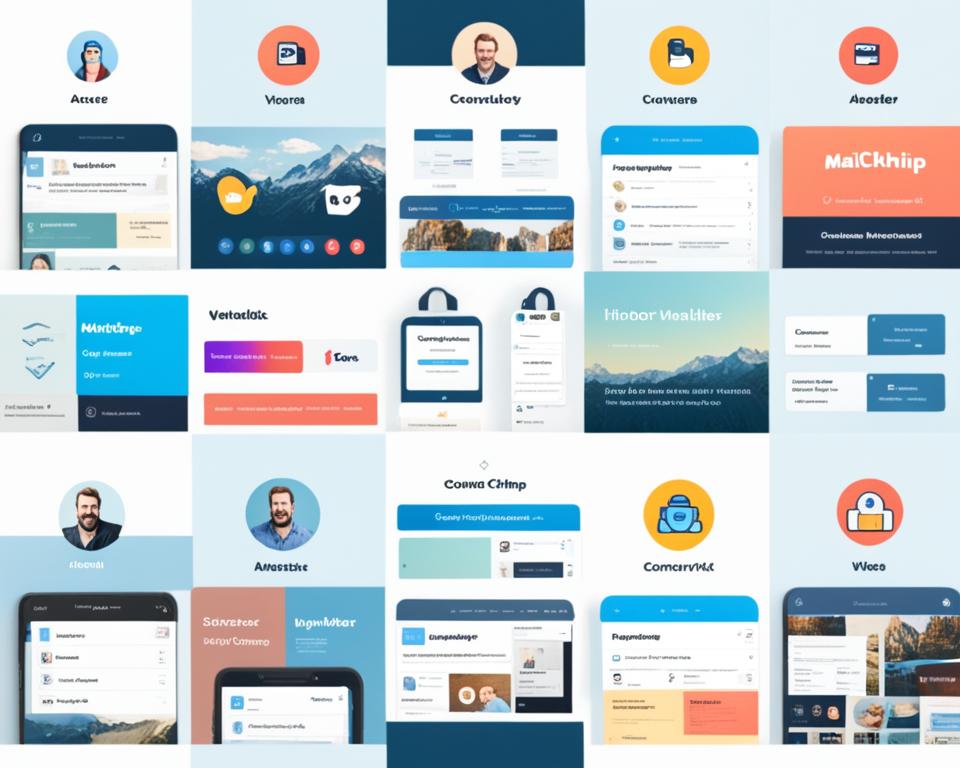
Additional Considerations for Beginner Users
When starting your email marketing journey, it’s important to consider a few key factors that will help you make the best decision for your business. As a beginner, ease of use, user-friendly interfaces, and affordable pricing plans are crucial considerations.
Two email marketing platforms that stand out for their beginner-friendly features are ConvertKit and Mailchimp. These platforms offer intuitive interfaces that make it easy for beginners to navigate and create professional-looking emails.
ConvertKit, known for its simplicity and user-friendly design, provides a straightforward platform that allows you to focus on creating meaningful connections with your audience. With its streamlined features, ConvertKit is a great choice for beginners who want to quickly get started with their email marketing campaigns.
Mailchimp, on the other hand, offers not only a user-friendly interface but also a free plan for businesses with smaller subscriber lists. This is perfect for beginners who want to test the waters and grow their audience without committing to a paid plan right away. Plus, as you scale your email marketing efforts, Mailchimp offers various pricing tiers that can accommodate your growing needs.
I found the intuitive interface and affordable pricing plans of both ConvertKit and Mailchimp to be particularly helpful when I first started out. They allowed me to focus on creating engaging content and building my subscriber list without getting overwhelmed by complex features.
Whether you choose ConvertKit or Mailchimp, both platforms offer a range of features that are essential for beginners. These include customizable email templates, automation tools, analytics, and the ability to segment your subscriber list for targeted campaigns.
Taking Your First Steps: Getting Started with Email Marketing
If you’re new to email marketing, here’s a checklist to help you get started:
- Create an account with either ConvertKit or Mailchimp.
- Import or manually add your subscriber list.
- Design a visually appealing email template that reflects your brand.
- Write compelling email content that engages your audience.
- Set up automated email sequences to nurture your subscribers.
- Monitor and analyze your email performance to optimize your campaigns.
Remember, as a beginner, it’s important to choose an email marketing platform that supports your learning journey and helps you grow your business. ConvertKit and Mailchimp are both excellent options for beginners, offering user-friendly interfaces, affordable pricing plans, and all the essential features you need to launch successful email marketing campaigns.
Choosing the Best Email Marketing Platform for Your Business
When it comes to email marketing, choosing the right platform for your business is crucial. To make an informed decision, it’s important to align the platform’s features and capabilities with your specific goals and the needs of your audience.
Scalability is a key factor to consider. As your business grows, you’ll need an email marketing platform that can handle an increasing number of subscribers and deliver consistent results. Look for a platform that offers flexible pricing plans and the ability to scale your campaigns effortlessly.
Customer support is another essential consideration. A reliable email marketing tool should provide prompt and helpful customer support to assist you with any technical issues or questions that may arise. Look for platforms that offer multiple support channels, such as live chat, phone support, and email.
Pricing transparency is also important. Make sure you fully understand the costs associated with the platform, including any hidden fees or additional charges. Look for platforms that offer clear pricing structures and provide value for your investment.
Key Factors to Consider when Choosing an Email Marketing Platform:
- Scalability: Look for a platform that can grow with your business.
- Customer Support: Ensure the platform offers reliable and accessible support.
- Pricing Transparency: Understand the costs involved and choose a platform that provides value for your investment.
Remember, the best email marketing platform for your business will depend on your specific needs and goals. Take the time to evaluate each platform’s features, support, and pricing before making a decision. Investing in the right email marketing tool can significantly impact the success of your campaigns and ultimately, your business.
| Platform | Scalability | Customer Support | Pricing Transparency |
|---|---|---|---|
| ConvertKit | Flexible pricing plans and scalability options | Responsive customer support via multiple channels | Transparent pricing structure without hidden fees |
| Mailchimp | Scalable options available, but less flexibility than ConvertKit | Mixed reviews on customer support | Basic pricing structure, potential for unexpected fees |
| AWeber | Good scalability options, suitable for growing businesses | Well-regarded customer support with multiple contact channels | Pricing structure may involve double charges for identical subscribers |
Start Your Email Marketing Journey Today
If you’re ready to take your marketing efforts to the next level, it’s time to start your email marketing journey. An email marketing platform is a powerful tool that can help you grow and engage your audience, drive conversions, and achieve your business goals.
By using an email marketing platform, you can easily create and send personalized emails to your subscribers, automate your email sequences, and track the success of your campaigns. Whether you’re a small business owner, a blogger, or an e-commerce entrepreneur, email marketing can provide significant benefits for your brand.
There are several email marketing platforms available, each with its own unique features and pricing plans. Take the time to research and choose the platform that best suits your needs. Whether you decide on ConvertKit, Mailchimp, AWeber, or another platform, starting your email marketing journey today can have a profound impact on your business success.
